Mealtime always means a happy tummy for a happy Fido—unless there’s an allergy out of nowhere.
So you’ve been feeding Fido the same meal for quite a while—and with no issues whatsoever. But all of a sudden, it’s reacting differently. Are you dealing with dog food allergies or is it something completely unrelated to the food?
This has got to be one of the trickiest issues dog parents face. That being said, there are solutions. This article covers all there is to know about food allergies in dogs, from the most triggering foods to the most common symptoms and treatment methods.
What are Food Allergies in Dogs?
Food allergies in dogs, also known as cutaneous adverse food reaction (CAFR), happen when a dog’s immune system overreacts to certain ingredients in their diet. This issue can develop at any age, but more commonly under the age of one. Also, it doesn’t matter if your dog has been eating the same food for years.
Dog food allergies can lead to itching, infections, tummy troubles, and other health issues. These symptoms usually become obvious over a prolonged period rather than immediately after your furry friend tries a new food.
What Foods Are Most Likely to Cause Allergies in Dogs
The most typical foods that trigger allergic reactions in dogs are proteins and dairy—but not limited to these. Allergies to beef, chicken, dairy, eggs, wheat, soy, and lamb are some of the most common food allergies in dogs. Foods like corn, fish, pork, and rice may be culprits as well—although not as much.
Signs and Symptoms of Dog Food Allergies
Itchy Skin (Pruritus)
One of the most common signs of food allergies in dogs is persistent itching. This can happen anywhere on the body but is usually concentrated around the ears, paws, face, belly, and behind the tail. It can even get so bad that your four-legged friend starts biting or excessively rubbing the itchy spot for relief, resulting in irritation.
Diarrhea
Another symptom of food allergies in dogs is diarrhea. You’ll notice your dog is pooping more often, with bouts of diarrhea or loose stool. While this is not always a sign of food allergies in dogs, it can be one. At the end of the day, you want to see healthy dog poop.
Red and Inflamed Skin
As we mentioned, itchy skin is another sign of food allergies in dogs. Because of the constant or intense scratching, Fido’s skin may become red and swollen. You may also notice hives or raised bumps. These can also point toward an allergic reaction.
Vomiting
A normal reaction your dog’s immune system might have to food it doesn’t tolerate is simply rejecting the food by vomiting it. This is good. It’s better to vomit the food right away than for it to cause other problems like itching or swelling.
If you’re lucky, the reaction would happen on the spot, giving you a clear idea of what’s going on. But sometimes, your dog may vomit hours after eating the food, leaving you wondering about what’s going on. Either way, if this goes on, you’ll have to check with a vet to see if it’s dog food allergies or something else.
Chronic Ear Infections
Frequent or recurring ear infections can also result from food allergies in dogs. Your furry friend will be scratching at its ears or shaking its head a little too often.

You may notice some discharge, too. The symptoms usually include warm and swollen ears, along with a bad smell. Since dogs may show these signs for different reasons, it can be confusing. In any case, ruling out allergies can give you some peace of mind when it comes to your dog’s diet, so give the vet a call.
Loss of Appetite
While not a very common sign of dog food allergy, loss of appetite can tell you that your dog’s body might be rejecting a specific type of food. This happens when your dog feels unwell after eating a certain food, and so it loses interest in the food over time. It’s a clear sign to change the dog food and maybe call the vet for recommendations.
Hair Loss
Hair loss or bald spots on your dog’s fur are normally a direct result of itchy skin and can mean that you’re not-so-furry friend now is having an allergic reaction. Excessive scratching and licking can lead to patches of hair loss. If you don’t notice the excess itching and inflamed skin, the bald spots will definitely catch your eye, especially since the skin beneath will look irritated and scaly.
Excessive Gas
Excessive gas, bloating, or discomfort after meals can be a sign that your dog’s digestive system isn’t handling a certain ingredient well. If you notice Fido passing gas more frequently or showing signs of stomach discomfort, chances are its body is reacting poorly to something in its food.
Secondary Infections
While dog food allergies don’t directly cause infection, they may lead to secondary infections. For example, this happens when the dog scratches itself excessively due to an itch, causing a wound that can in turn get infected. These can be bacterial or yeast infections and will require medical treatments as well as dietary changes.
Luckily, they are easy to notice. You’ll see open wounds, unpleasant odor from the skin or ears, and oozing or discharge from the ears, eyes, or skin. Make sure to take quick measures, though.
Is It a Food Allergy? Diagnosing Food Allergies in Dogs
Figuring out if your dog has a food allergy and not something else can be a little tricky. This is because symptoms often overlap with other conditions like environmental allergies or infections. Even the most common symptoms of dog food allergies, like itches, ear infections, and digestive issues, can also be due to other factors, such as fleas, pollen, worms, or skin infections.
Your best bet is to rule out other causes. This is usually done through an elimination diet with the help of a vet.
An elimination diet involves identifying food allergies by feeding your dog a simple, limited-ingredient diet that excludes common allergens. The vet will recommend removing every type of dog food from Fido’s typical menu and will instead put it on a special prescription diet. The two most common types of prescription diets are hydrolyzed protein diets and novel protein diets.
A hydrolyzed protein diet is a special kibble that breaks down the protein in the food into tiny pieces that are too small for your dog’s immune system to recognize and naturally have an allergic reaction to. And then there’s the novel protein diet, which basically uses a protein source your dog has never eaten before.
The diet will typically go on for 8 to 12 weeks. During this time, you’re not allowed to give any other food, treats, table scraps, or flavored medications to avoid accidental exposure to allergens. After the special diet period, you can gradually reintroduce the original food to see if symptoms return. This will let you confirm if a specific ingredient is causing the allergy.
It’s worth mentioning that there are blood, saliva, and hair tests for dog food allergies, but they’re not really accurate—don’t rely on them.
How to Treat and Manage Dog Food Allergies
We’ve established that an elimination diet is the only reliable way to know whether your dog is allergic to a certain food or not. This can take anywhere from two to three months. But how do you treat your dog’s food allergy symptoms?
Keep in mind that an elimination diet alone won’t give your dog the instant relief it needs. The vet will usually prescribe medications to reduce the itch, diarrhea, or any other symptom your canine companion is having. And if there’s an infection because of all the itching and scratching, the vet will recommend antibiotics, antifungals, ear medications, and cleaners—depending on your dog’s needs.
Sometimes, dogs can end up being allergic to storage mites in kibbles instead of the protein itself. In this case, the vet may suggest storing the dog food in airtight containers in a dry environment. You can also divide it into weekly portions and store them in the freezer, in clean, freezer-safe containers.
How Long Does It Take to Clear Up Dog Food Allergies?
While the allergic reactions typically clear up within a few weeks of starting the elimination diet, it can sometimes take up to 12 weeks before all the symptoms disappear. If your dog’s symptoms go away during the diet period and come back when you reintroduce the original food, you’ll know it’s an allergy and your vet can lay down a long-term plan for managing their diet.
Now, things can get a little bit complicated if your dog is not allergic to the main ingredient in the food, but a secondary one. This will call for a second trial period, considering other food options can consist of that ingredient as well. In any case, you’ll want to be patient and strong-willed, especially when it comes to resisting those cute puppy eyes begging for that forbidden food.
Conclusion
Dealing with dog food allergies is a process that requires time and patience, but don’t worry—you’re not alone! It’s all about being attentive and addressing any signs of allergies right away. By learning to recognize the signs of food allergies and knowing when to take action, you can help Fido feel comfortable and happy again. And remember, your vet is a valuable partner in this journey, ready to offer guidance as you work together to find the best food solutions for your furry friend.
FAQ
How can I tell if my dog has food allergies?
You can often tell if your dog has food allergies by observing their behavior and physical signs. Constant itching or scratching, especially around the ears, paws, belly, and face is one of the most common symptoms of dog food allergies. Digestive issues like diarrhea or vomiting, as well as frequent ear infections or skin irritations, can also point toward allergies. If your dog is showing these symptoms, contact your vet to find out if it’s food allergies and what to do next.
Can dogs develop food allergies later in life?
Yes, dogs can develop food allergies later in life. Most dog food allergies are commonly diagnosed during a dog’s earlier years, mainly before the age of one. However, it is entirely possible for an adult dog’s immune system to suddenly become intolerant towards foods they were not allergic to all their lives. This is normally because a dog’s immune system may change over time, leading to new sensitivities to certain ingredients.
What’s the difference between food allergies and food intolerances?
While both dog food allergies and food intolerances mean that your dog’s body is not accepting certain foods how it should, the two are completely different in terms of mechanism. Food allergies are caused by an immune system response, where the body mistakenly identifies a harmless ingredient as a threat. On the other hand, food intolerances occur when the digestive system struggles to break down certain foods.
Another difference is the symptoms. If your dog is allergic to a certain food, its immune system will cause itching, swelling, or gastrointestinal distress. But if it has a food intolerance, the typical symptoms are bloating, gas, or diarrhea. Also, food allergies can develop suddenly and require immediate attention, whereas food intolerances tend to develop gradually and are usually less serious.
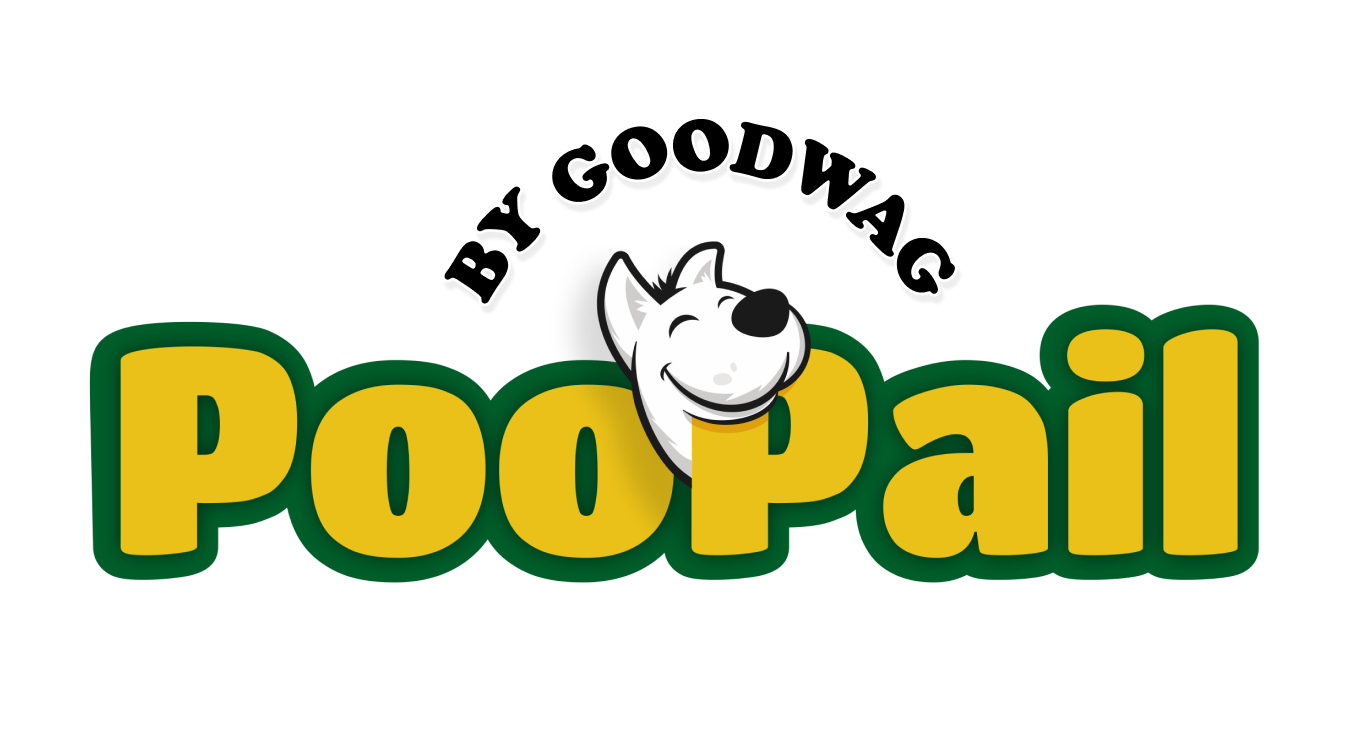
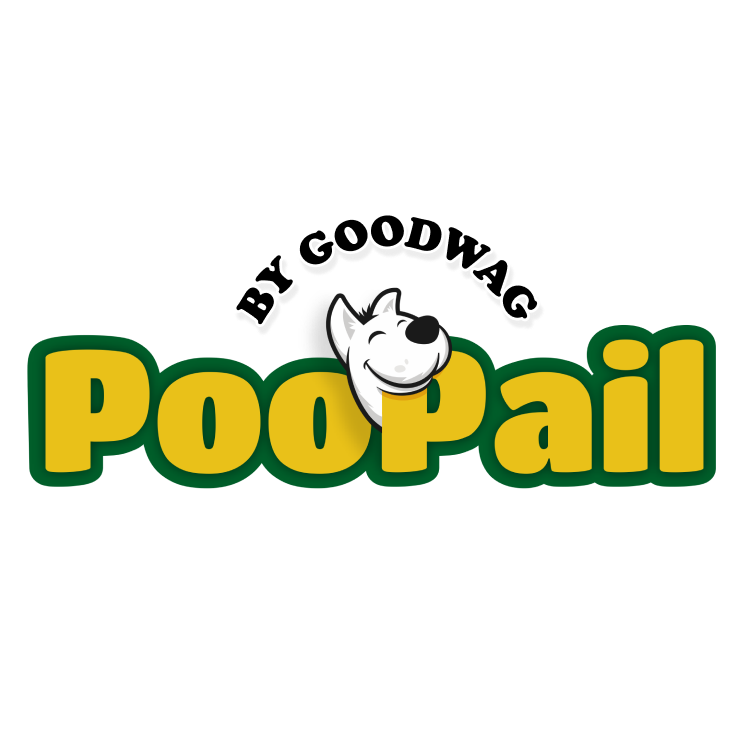
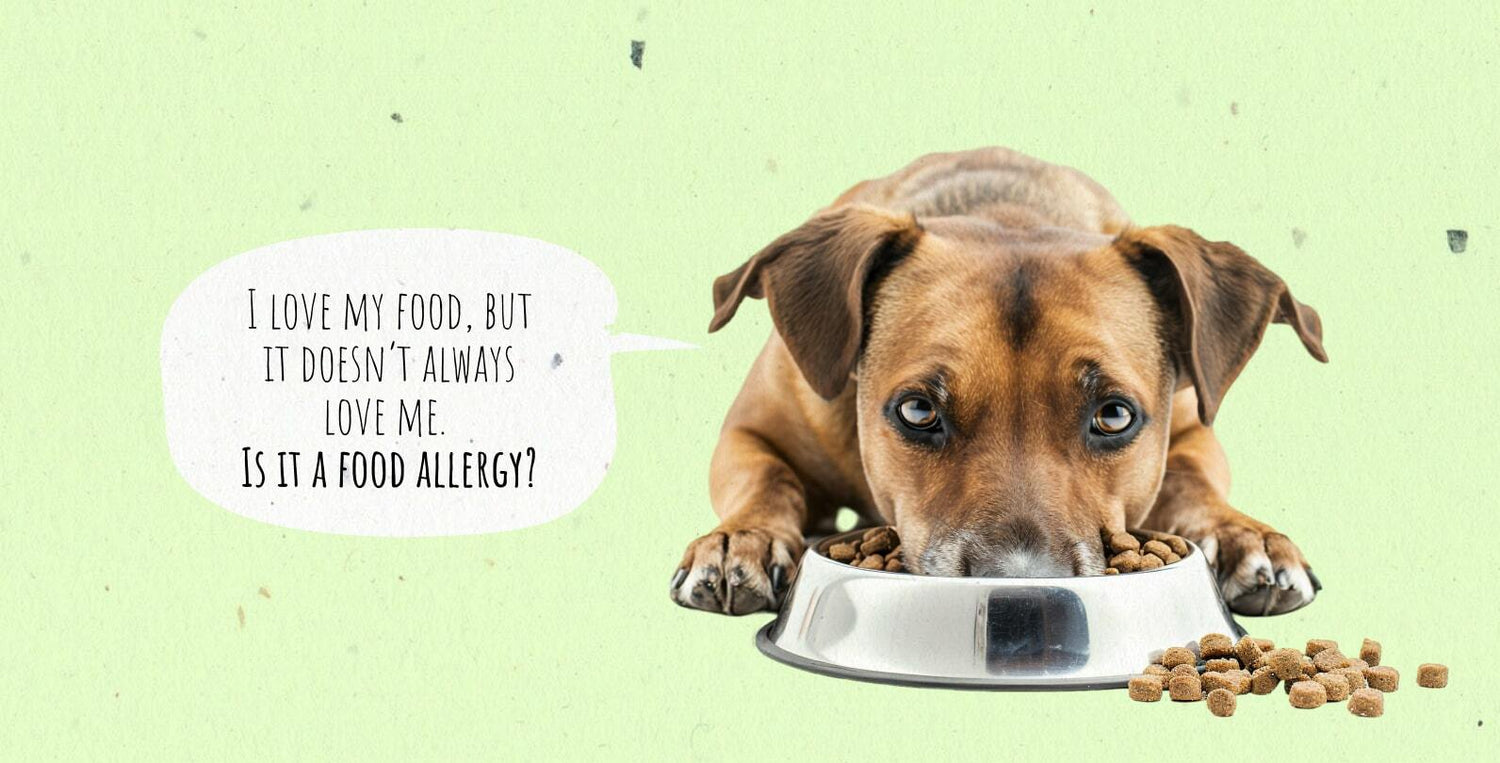


![Organic Dog Food: Healthier Choices for Your Pet [Best Options Reviewed]](http://goodwag.com/cdn/shop/articles/organic-dog-food.webp?v=1732114786&width=1592)
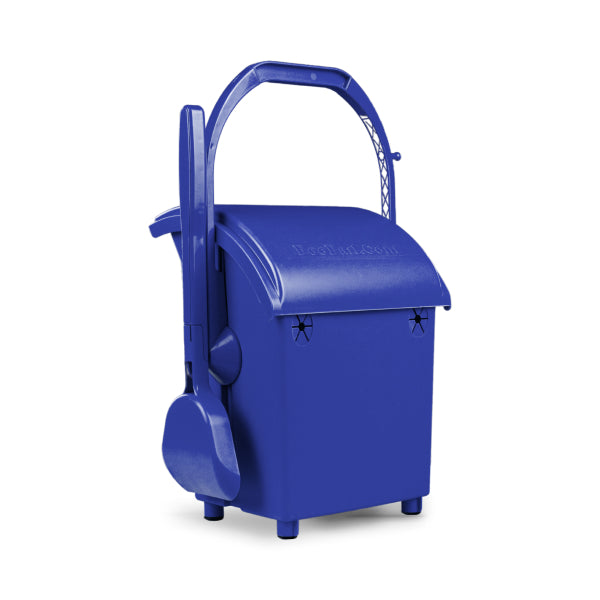

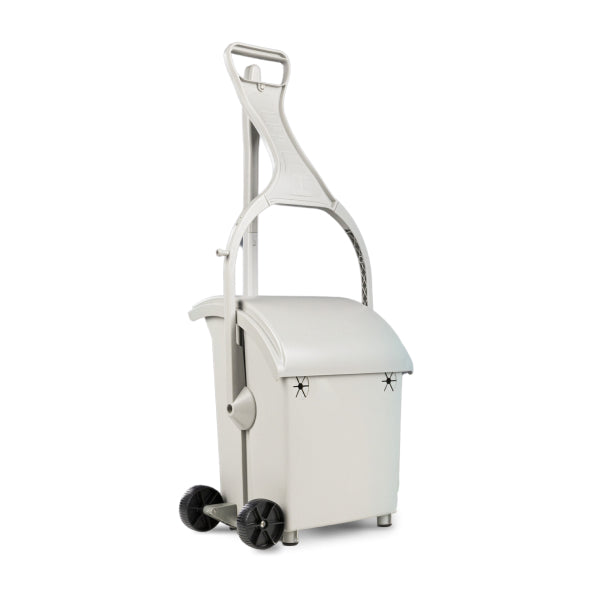

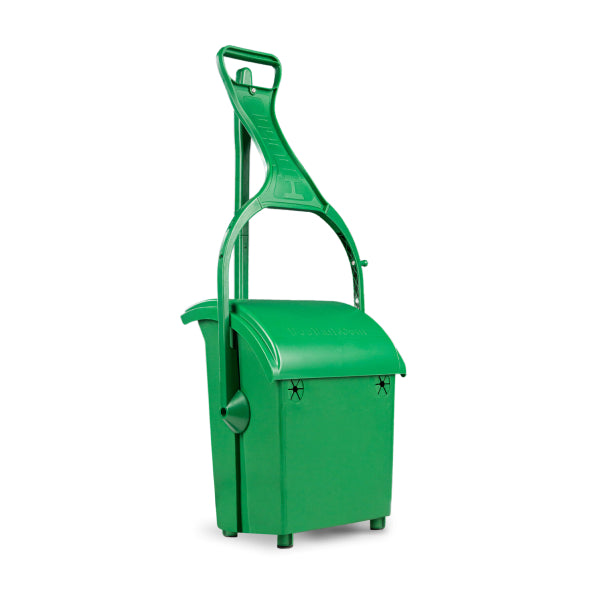

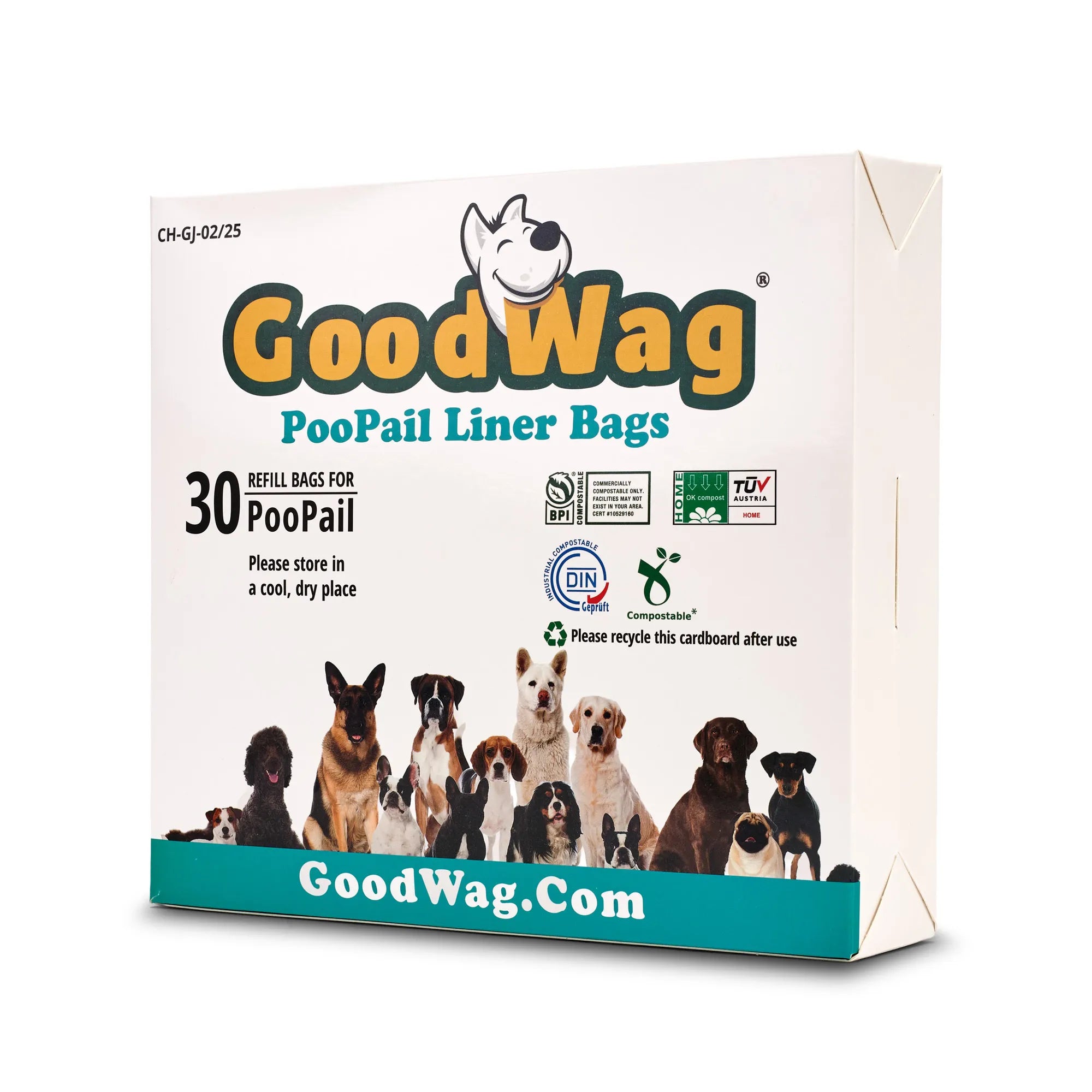
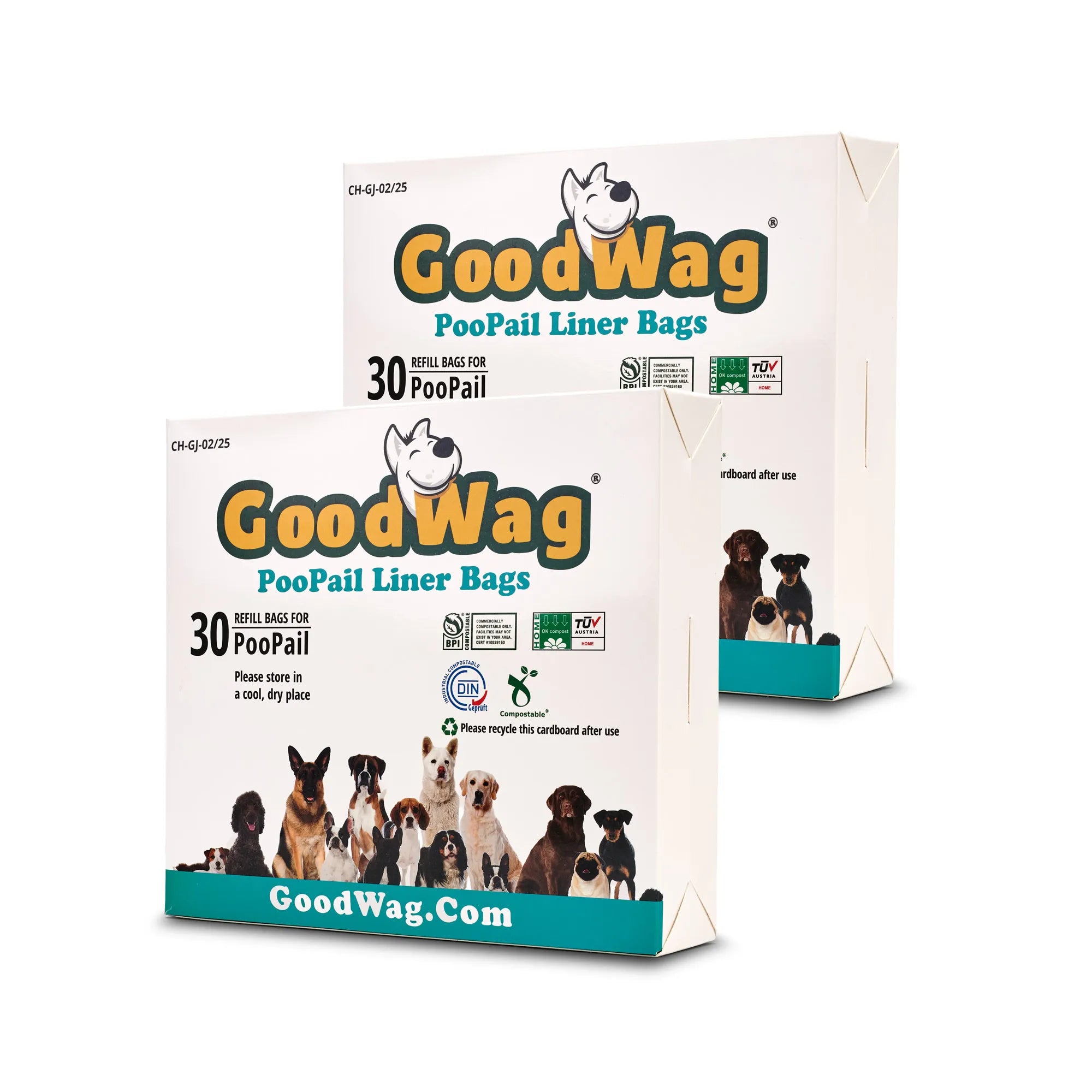
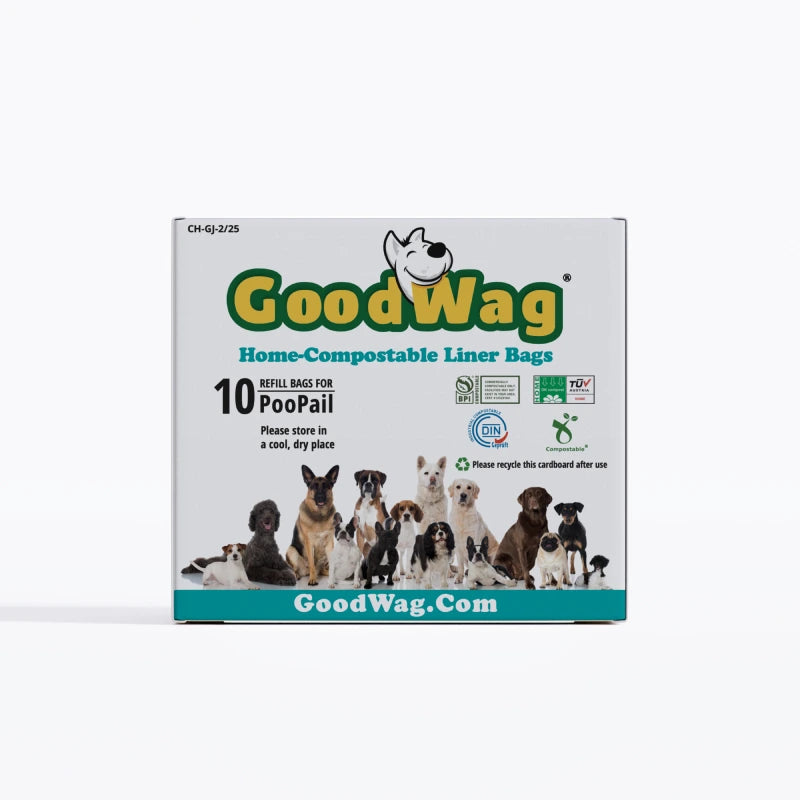

Leave a comment
This site is protected by hCaptcha and the hCaptcha Privacy Policy and Terms of Service apply.